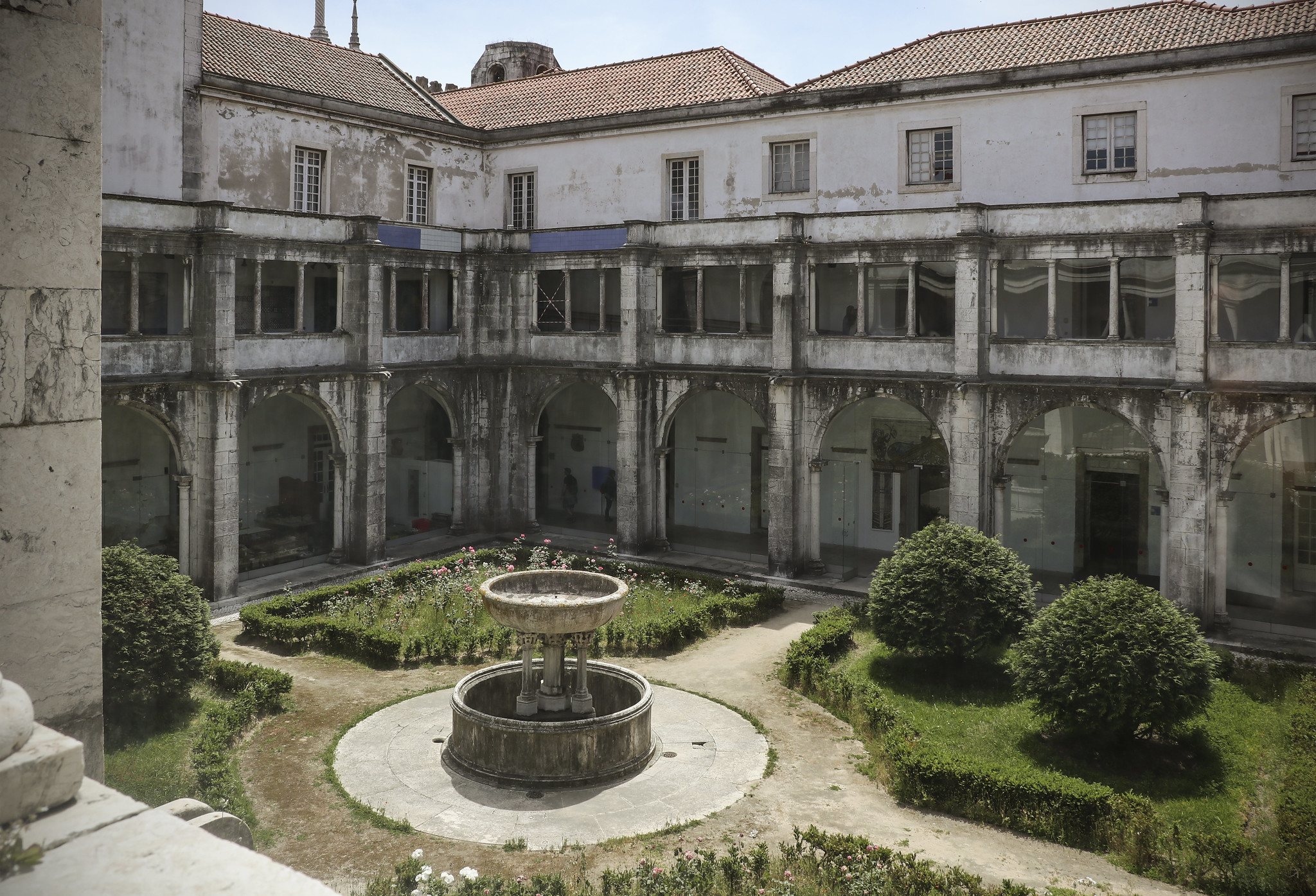The National Tile Museum (Museu Nacional do Azulejo) is a renowned cultural institution located in Lisbon, Portugal. Housed in the former Madre de Deus Convent, the museum showcases an extensive collection of decorative ceramic tiles, known as azulejos, which are an integral part of Portuguese artistic heritage. The museum’s exhibits span five centuries, from the 15th century to the present day, offering visitors a comprehensive overview of the evolution of tile production and design in Portugal. With its vast array of intricate tile panels, religious artifacts, and contemporary installations, the National Tile Museum provides a unique insight into Portuguese history, art, and culture through the lens of this distinctive art form.
As you step into the museum, housed in the former Madre de Deus Convent, you’re immediately transported back in time. The building itself is a work of art, with its stunning Baroque architecture and intricate tile panels lining the walls. It’s hard not to be awestruck by the sheer beauty and craftsmanship on display.
The museum’s collection spans over five centuries, tracing the evolution of tile-making in Portugal from its earliest days to the present. As you wander through the exhibits, you’ll notice how the designs and techniques have changed over time, reflecting the various artistic movements and cultural influences that have shaped Portuguese society.
One of the highlights of the museum is undoubtedly the Great Lisbon Panorama, a massive tile panel depicting the city before the devastating earthquake of 1755. This breathtaking piece, measuring 23 meters in length, offers a unique perspective on Lisbon’s urban landscape and serves as a poignant reminder of the city’s resilience in the face of adversity.
But the National Tile Museum isn’t just about admiring beautiful tiles – it’s also an interactive experience. Visitors can try their hand at tile-making in the museum’s workshop, gaining a deeper appreciation for the skill and artistry involved in creating these intricate pieces. It’s a fun and engaging way to connect with Portugal’s ceramic tradition on a personal level.
As you continue your journey through the museum, you’ll encounter tiles that tell stories of Portugal’s maritime adventures, religious devotion, and everyday life. From elaborate scenes depicting historical events to simple geometric patterns, each tile has a tale to tell. It’s fascinating to see how these small ceramic squares have played such a significant role in shaping the country’s visual identity.
One particularly interesting aspect of the museum is its focus on the role of tiles in architecture. You’ll learn how azulejos have been used not just for decoration, but also for practical purposes such as temperature regulation and moisture control. This fusion of form and function is a testament to the ingenuity of Portuguese craftsmen throughout history.
As you near the end of your visit, you’ll find yourself in the museum’s stunning chapel. Here, the walls and ceiling are covered in intricate tile work, creating a truly awe-inspiring space. It’s the perfect place to reflect on the beauty and significance of Portugal’s ceramic heritage.
Before you leave, be sure to stop by the museum shop, where you can pick up your own piece of Portuguese tile art to take home. Whether it’s a small souvenir or a larger panel, it’s a wonderful way to keep the memory of your visit alive.
The National Tile Museum offers a unique and enriching experience for anyone interested in art, history, or Portuguese culture. It’s a place where the past and present converge, telling the story of a nation through its most iconic art form. As you exit the museum and step back into the bustling streets of Lisbon, you’ll find yourself looking at the city with new eyes, appreciating the beauty and significance of the tiles that surround you at every turn.
The National Tile Museum (Museu Nacional do Azulejo) in Lisbon, Portugal, stands as a testament to the country’s rich cultural heritage and artistic tradition. Housing an extensive collection of decorative tiles spanning five centuries, the museum offers visitors a comprehensive journey through Portuguese history and craftsmanship. Its diverse exhibits, ranging from medieval to contemporary works, showcase the evolution of tile-making techniques and styles.
The museum’s location in the former Madre de Deus Convent adds to its historical significance, providing a fitting backdrop for the exquisite tile displays. As a unique institution dedicated to this distinctive art form, the National Tile Museum plays a crucial role in preserving and promoting Portugal’s azulejo tradition, making it an essential destination for art enthusiasts, historians, and cultural tourists alike.

